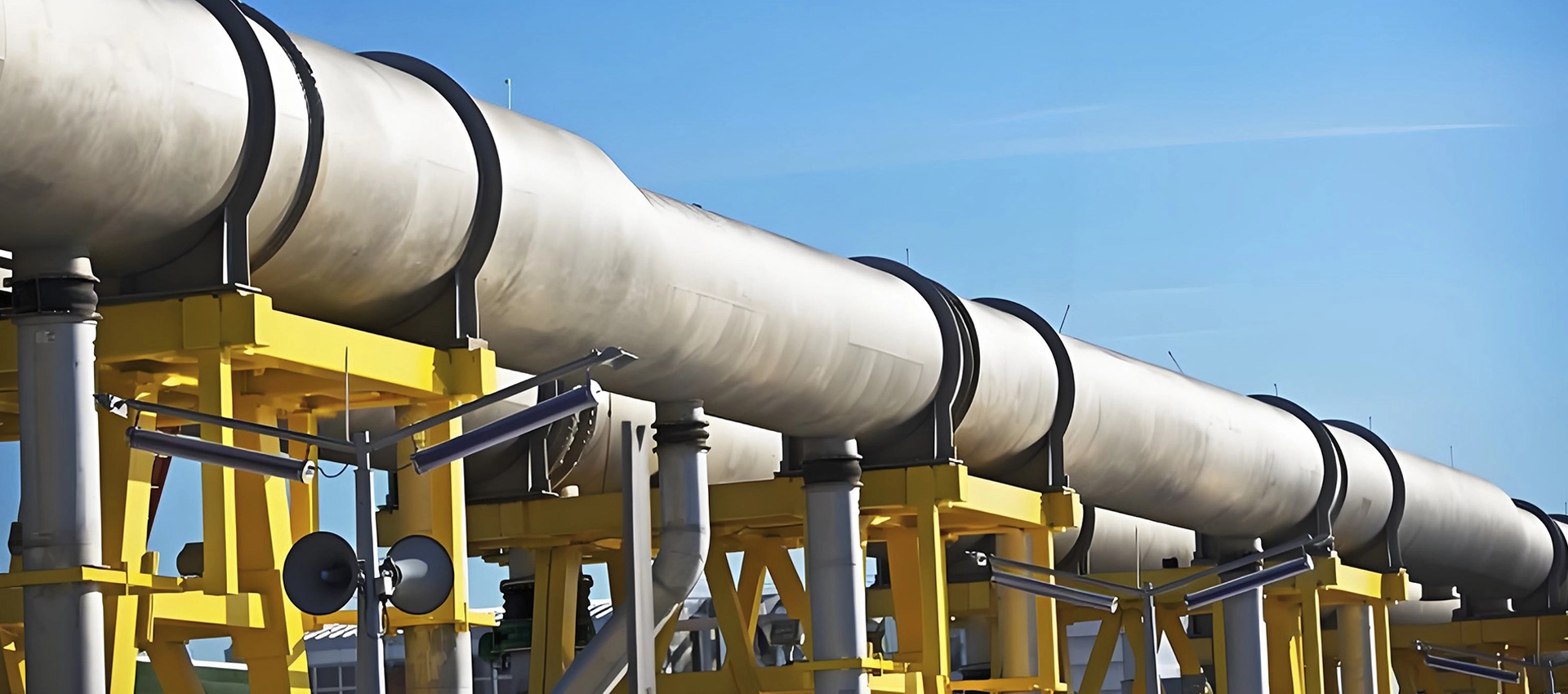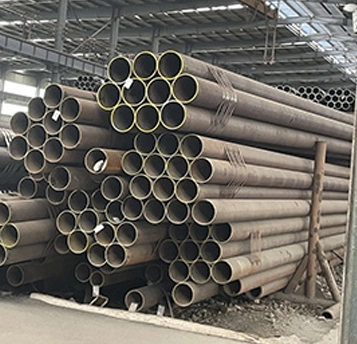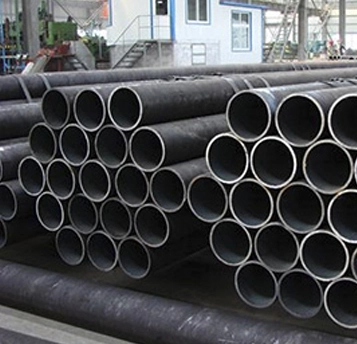ASTM A210 seamless steel pipe is a medium-carbon steel pipe used primarily for boiler and superheater tubes. It is available in two grades: Grade A-1 and Grade C.
Chemical Composition:
Grade A-1: Carbon (max 0.27%), Manganese (max 0.93%), Phosphorus (max 0.035%), Sulfur (max 0.035%), Silicon (min 0.10%).
Grade C: Carbon (max 0.35%), Manganese (0.29-1.06%), Phosphorus (max 0.035%), Sulfur (max 0.035%), Silicon (min 0.10%).
Mechanical Properties:
Grade A-1: Tensile strength ≥ 415 MPa, Yield strength ≥ 255 MPa, Elongation ≥ 30%.
Grade C: Tensile strength ≥ 485 MPa, Yield strength ≥ 275 MPa, Elongation ≥ 30%.

 EN
EN








